5. The Untouchables with Battleship Potemkin
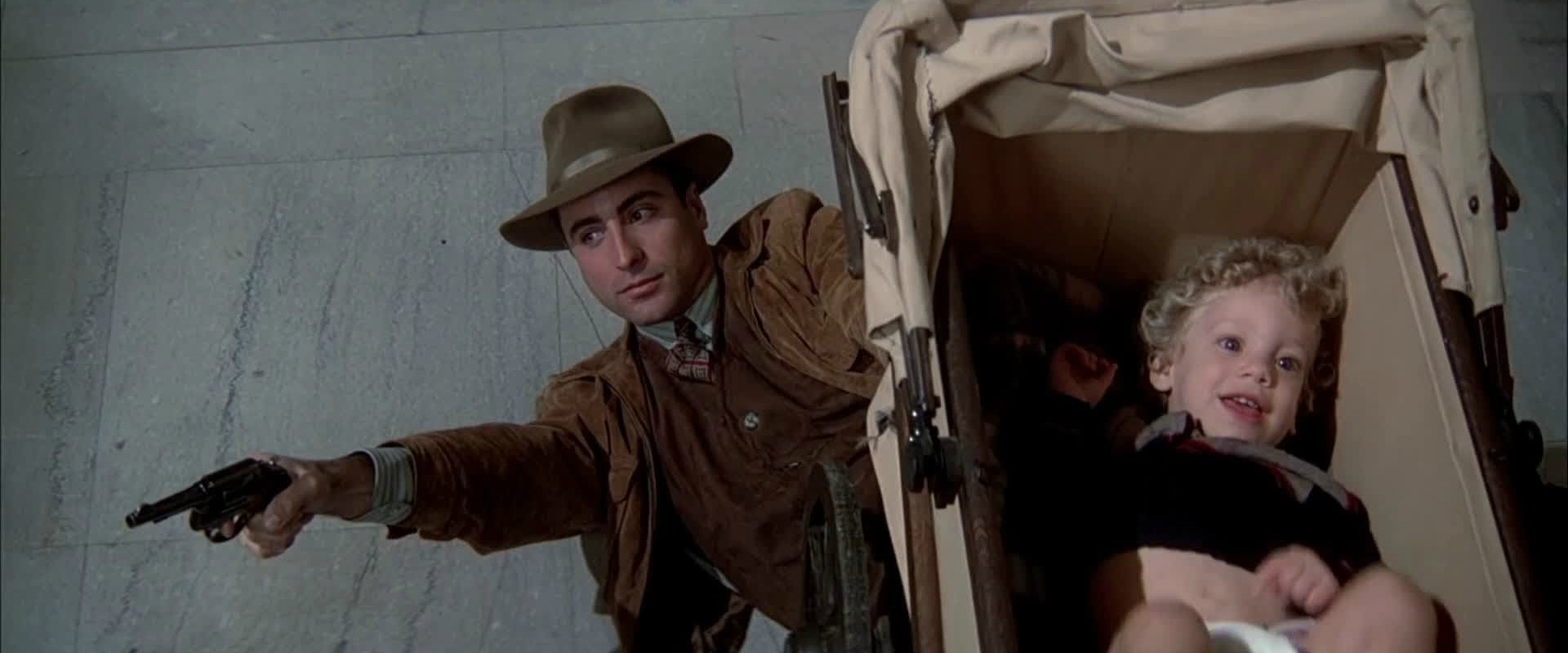
There are a plethora of films that parody and pay tribute to the Russian silent film “Battleship Potemkin.” It simply is one of the greatest and most influential films of all time. The story follows the sailors of the titular ship who are fed up with their harsh conditions and start a mutiny.
The film climaxes with one of the most celebrated and recognizable sequences in cinema that’s set on the Odessa steps. An army of Cossacks march on and attack a crowd of civilians who are unarmed. One of the most unforgettable moments to the violence is a baby carriage rolling down the steps amongst the action.
In Brian De Palma’s prohibition film based on Eliot Ness and Al Capone, a similar scene takes place at Union Station. A baby pram rolls down the steps during a gunfight and Kevin Costner’s Ness goes after while effortlessly firing at the bad guys. At the end of the day, he manages to save the baby and get his man.
4. Raging Bull with On the Waterfront
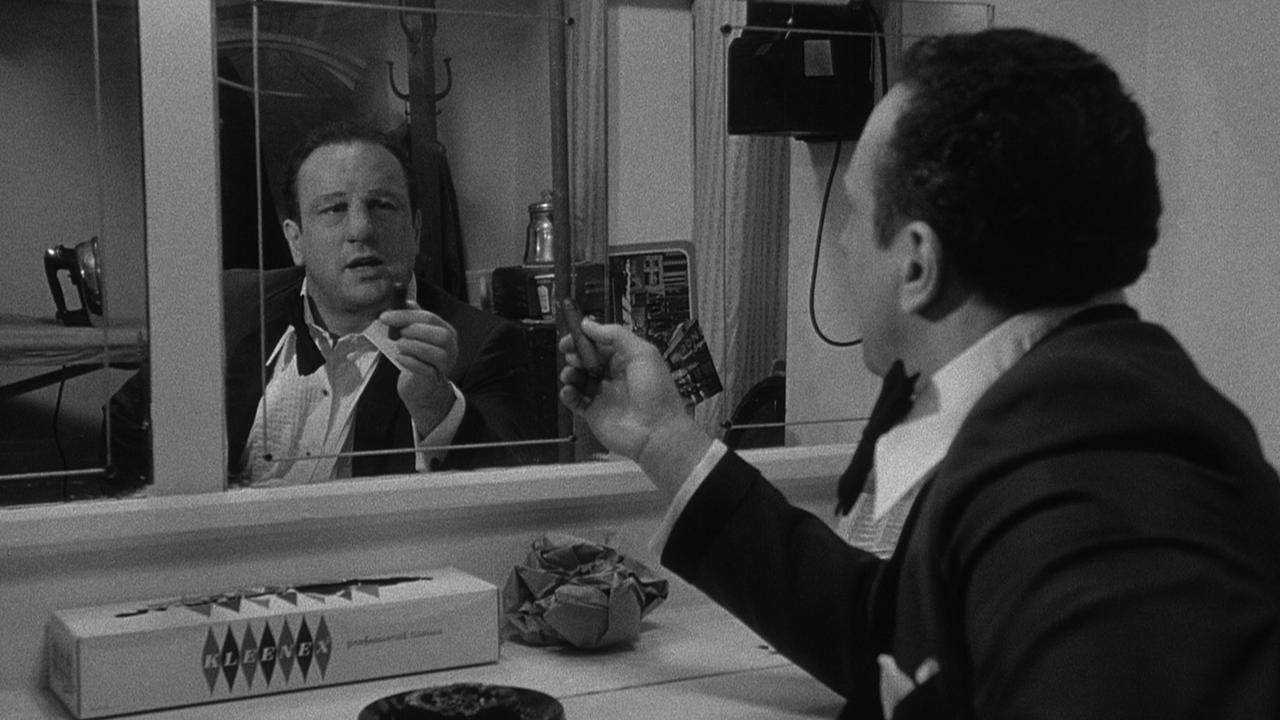
There are similarities in both of the central characters in “On the Waterfront” and “Raging Bull.” They’re both career boxers filled with regret and both have complicated relationships with their brothers. Both films are meditations on manhood, both films have the mafia involving themselves in the characters lives, and both films are based on real people.
“On the Waterfront” has Marlon Brando’s character Terry finally standing up to his brother with one of cinema’s all-time famous quotes. Concerning a fight that his brother made him throw, and his own regret for agreeing to it, Terry tells his brother, “I could have had class. I could have been a contender instead of a bum which is what I am.”
In “Raging Bull,” Robert De Niro’s Jack LaMotta has long since ruined his relationship with his faithful brother and everything else with his self-destructive ways. He’s gotten old and fat and owns a nightclub where he frequently performs a comedy routine. While practicing for this routine, he looks into the mirror and recites Terry’s words to himself, which is ironic when you consider that Jack got much further in his boxing career than Terry ever did.
3. The Shining with The Phantom Carriage
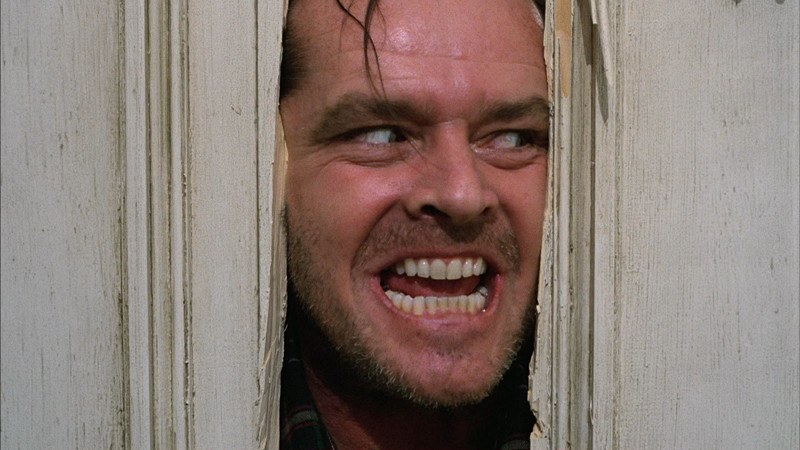
The Swedish silent film “The Phantom Carriage” has been an influential hallmark for Swedish cinema. Ingmar Bergman paid it homage in “The Seventh Seal” and “Wild Strawberries,” respectively. It was also given a nod by Stanley Kubrick in his horror classic “The Shining” in one of the film’s most iconic scene.
“The Phantom Carriage” is set on New Year’s Eve and follows a story similar to “A Christmas Carol.” Victor Sjöström’s plays a man named David who is picked up by the titular carriage and is taken on a tour of his previous wrongdoings so he can right them before it’s too late. One of these wrongdoings includes being locked in the pantry by his wife after he refused to not expose his children to consumption. He then breaks through the door with an ax, causing his wife to pick up one of their children to flee.
In “The Shining,” Jack Nicholson also gets locked in the pantry, but is set free by the ghost of Grady, who’s an influence on his cabin fever. He then goes after his wife and child in a scene that mirrors “The Phantom Carriage” by breaking down their bedroom door with an ax, poking his head out saying the famous quote “Here’s Johnny!”
2. Do the Right Thing with The Night of the Hunter
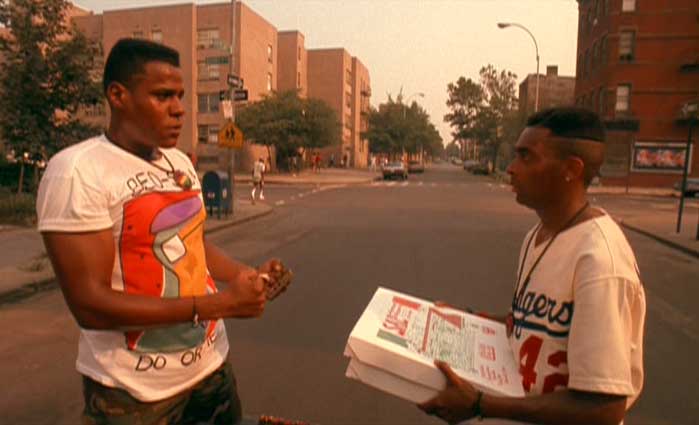
Charles Laughton’s only directorial effort has rightfully gone on to be acknowledged as the masterpiece it is. “The Night of the Hunter” has influenced many filmmakers since its release, including the Coen brothers, who paid it tribute in “Raising Arizona” and “The Man Who Wasn’t There.” But the most famous or more obvious homage came from Spike Lee in his own masterpiece “Do the Right Thing.”
“The Night of the Hunter” follows Harry Powell, a serial killer who masquerades as a reverend so he can earn the trust of the women he eventually murders. Like many people back then, he has ‘L-O-V-E’ and ‘H-A-T-E’ tattooed across the knuckles of his hand, which he links to religion when his preaching in his impromptu sermons.
“Do the Right Thing” swaps the tattoos for brass knuckle rings and the religious monologue for a contemporary one spoken by Radio Raheem. Since Lee’s film is about racial tension, Raheem’s explanation of the words takes on a different meaning but within the same context. Taking it even further, Raheem addresses the camera with some air boxing to show us that love is the only thing that conquers hate.
1. Pulp Fiction with Psycho
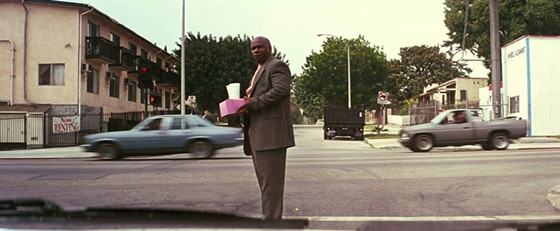
Like everything else he’s made, Quentin Tarantino’s “Pulp Fiction” is filled with an insane amount of movie homages. From the obvious to the more obscure, the film is a goldmine of pop culture references and cinematic tributes. The most genius, however, is the homage to Alfred Hitchcock’s “Psycho.”
In Hitchcock’s classic, Marion decides to flee with her boss’s money so that she and her lover can start over. As she leaves town, she stops at a traffic light only to see her boss crossing the street. The two exchange looks and her boss carries on walking as he doesn’t know what she’s up to yet.
“Pulp Fiction” features a similar scene where Butch has botched a boxing match for his own benefit, but has to go back to his apartment to retrieve a family watch before fleeing town. After successfully getting the watch, he stops at a traffic light and sees Marsellus, the man he double-crossed crossing the street. The scene is almost identical to the one in “Psycho,” except that Butch runs over Marsellus. And we all know what happens after that.
Honorable Mention – Toy Story with The Shining

It’s a lot easier for animated films to throw in a couple of homages, parodies, and Easter eggs compared to live-action films. In fact, it’s a lot easier for animated films do a lot of things and no one has taken advantage of this more than Pixar. Every film made by the animated giant is filled with tributes to cinema, particularly Star Wars, Hitchcock, Spielberg and Kubrick.
Out of all the Pixar films, the Toy Story series has the most tributes. It’s hard to just pick one example out of the lot, but a favorite has always been their “Shining” tribute. Everyone remembers the countless hours Danny spent riding his tricycle and playing with his toys before things went sour in the Overlook Hotel. And how genius was it to have the Toy Story characters running around on the same carpet in the home of toy torturer Sid?
But that’s not where it stops. The number to room 237 appears constantly in “Toy Story 3” and so does the microphone used by Wendy. References also appear in many other Pixar films like “Coco” and “Finding Nemo,” which makes it obvious that “The Shining” is an obsession for the folks over at Pixar.